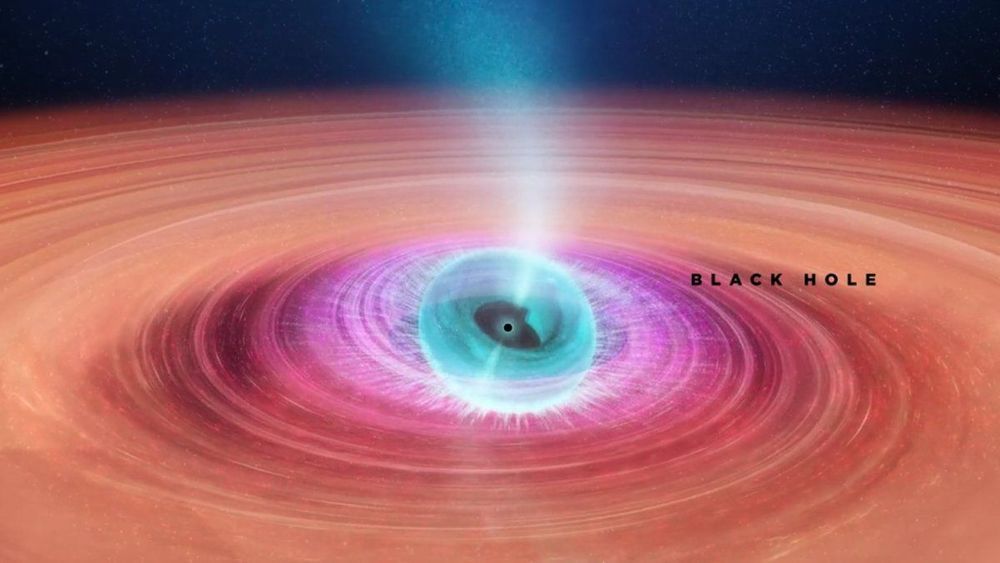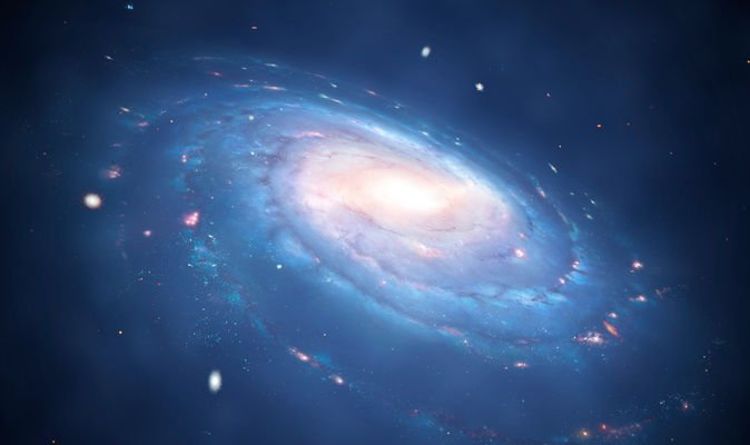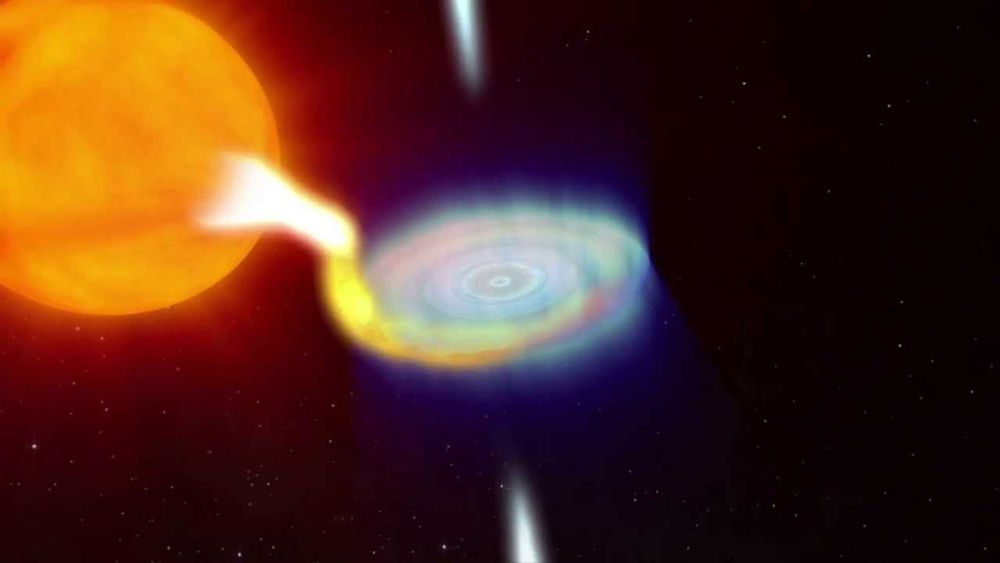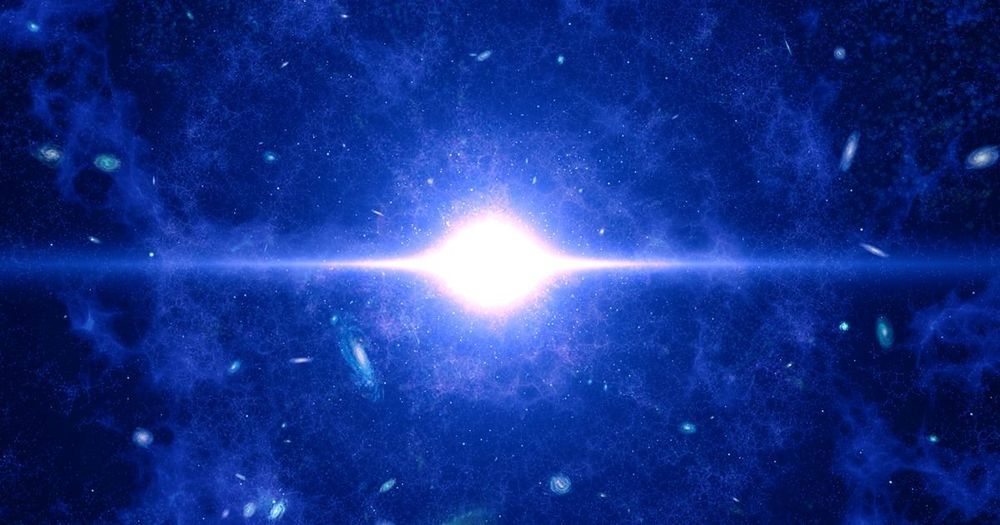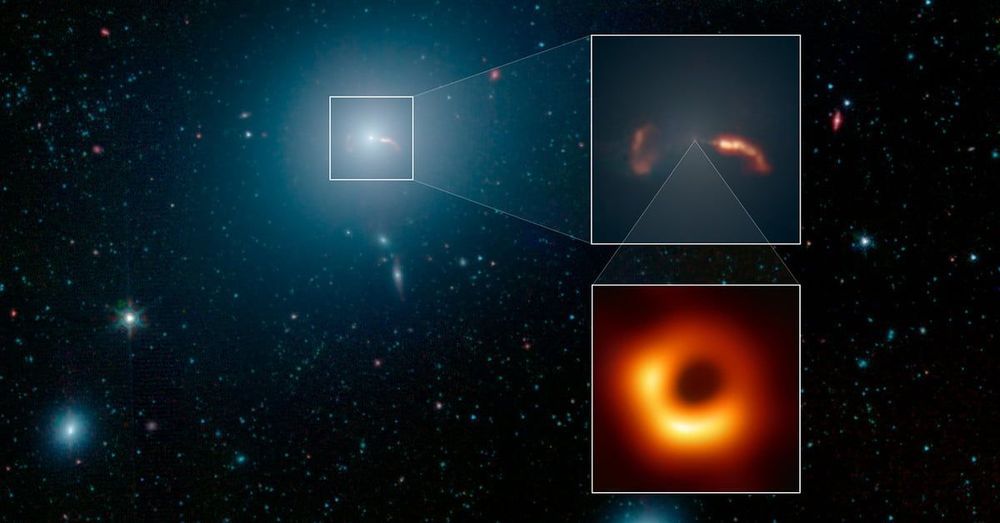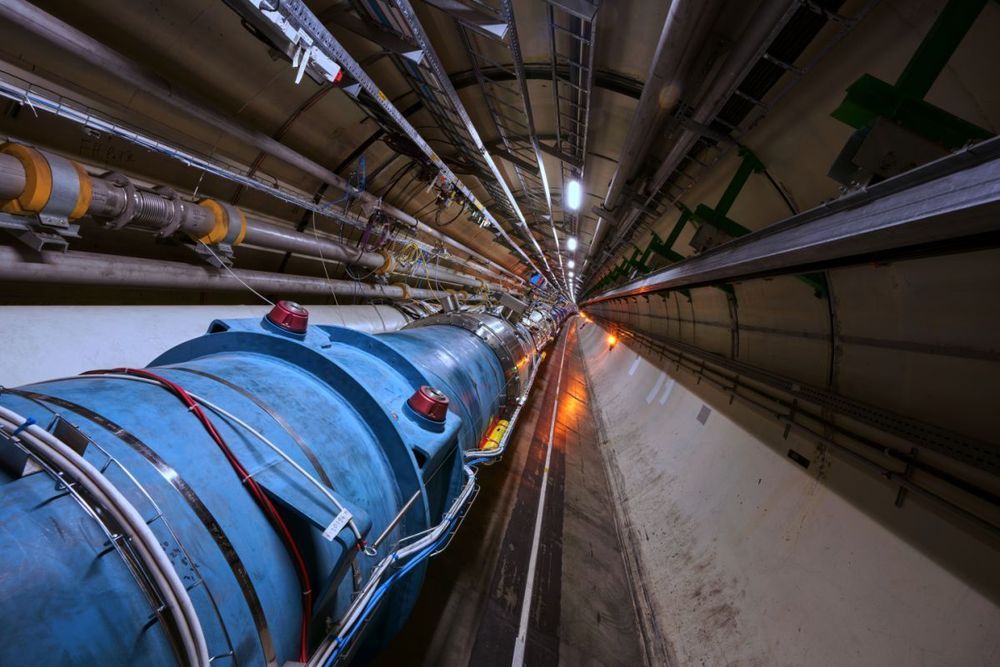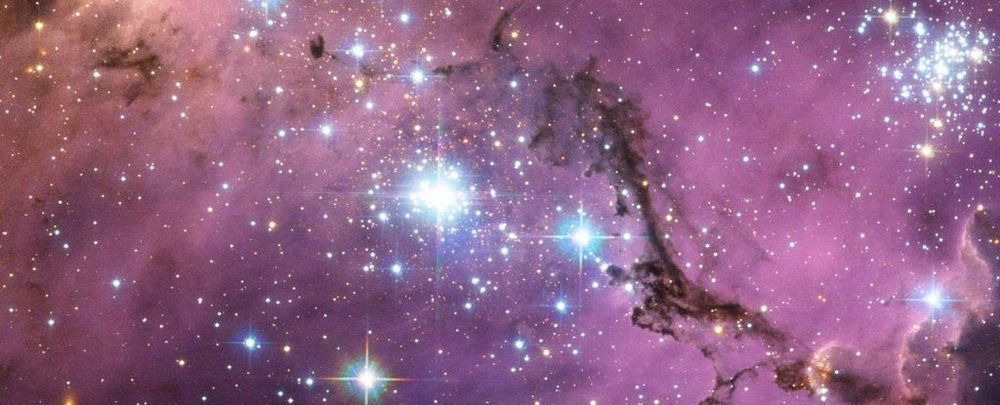Insanely precise atomic clocks are letting astrophysicists image black holes, steer spacecraft, and maybe one day hunt for gravitational waves.
Category: cosmology – Page 371
Nearly 8,000 light-years away from Earth, astronomers have discovered a black hole that keeps rapidly swinging out jets of plasma clouds into space, according to a new study.
The black hole, known as V404 Cygni, doesn’t behave like others. The jets shoot out possibly within minutes of each other and in all different directions. And while the researchers admit that black holes are some of the most extreme objects in the universe, this one is different.
“This is one of the most extraordinary black hole systems I’ve ever come across,” study author James Miller-Jones said in a statement. Miller-Jones is also an associate professor at Curtin University’s International Centre for Radio Astronomy Research.
Last observed in 2015, the black hole is spewing out ‘wobbly’ plasma jets that move so fast they change orientation within minutes.
Some 8,000 light-years from Earth in the Cygnus constellation (“The Swan”), a small black hole weighing just nine times the mass of Earth’s sun is gobbling up a sun-like star. The black hole and its stellar victim are locked together in what astronomers call a binary system and orbit each other once every 6.5 days – with spectacular effects, the National Radio Astronomy Observatory (NRAO) is reporting.
While the black hole may be relatively tiny as far as these celestial objects go – for instance, the supermassive black hole at the heart of the Milky Way galaxy, known as Sagittarius A*, is 4 million times more massive than the sun, per a previous report from The Inquisitr – it does pack a pretty mean punch. Dubbed V404 Cygni, the black hole is continuously siphoning material from its stellar companion, slowly consuming the unfortunate star.
New data from the Hubble Space Telescope confirms that the universe is expanding nine percent more rapidly than theoretical calculations predicted.
Those original calculations were based on data from the early universe, so many scientists suspected that something sped up the works. But the new Hubble data suggests that the universe could be substantially younger than previously believed — perhaps by as much as a billion years, according to the Associated Press.
Researchers at the XENON dark matter observatory have spotted something incredibly rare. Unfortunately, it’s not dark matter, but it is the next best thing. The detectors at the observatory have spotted the decay of xenon-124, the rarest event ever recorded in human history.
The XENON experiment is designed to detect dark matter, which is not an easy task. The reason that dark matter is so mysterious is that it pretty much never does anything, which makes it hard to spot. Dark matter doesn’t give off light, or have any sort of magnetic field, and it almost never interacts with normal matter in any way.
The eyes of the world turned to Messier 87 earlier this month when scientists released the first ever image of a black hole. And this image from NASA’s Spitzer Space Telescope shows more about the giant galaxy in which the now-famous black hole resides.
The imaged black hole was truly gargantuan, with a mass equivalent to 6.5 billion times that of our Sun. And the galaxy surrounding it, Messier 87, is equally huge. Known as a supergiant elliptical galaxy, it is one of the most massive galaxies in the universe and hosts a large number of globular clusters.
The image captured by Spitzer shows the galaxy in infrared, as opposed to the radio wavelengths used to capture the black hole image. The infrared light coming from the galaxy at wavelengths of 3.6 and 4.5 microns is shown in blue and green, which is what marks the stars in the image. The areas of red are dust features which glow with a wavelength of 8.0 microns.
Yes, black holes get all of the attention. They’re mysterious, they lurk in the shows of interstellar space, they break the laws of known physics, they can trap you forever, they have a cool-sounding and easy-to-understand name. They’ve got great branding.
But some things are even weirder and scarier than black holes. And what makes them weirder and scarier is that they’re weird and scary within the known laws of physics. Which means we understand them. Which means we can explain, in great and gruesome detail, just how awful they are.
Take, for example, the neutron star.
The latest measurement of the expansion rate of the Universe is in, and it has confirmed with more certainty than ever that we have a real dilly of a pickle on our hands. Once again, the result has shown that the Universe is expanding much faster than it should be based on the conditions just after the Big Bang.
The Universe’s rate of expansion is called the Hubble Constant, and it’s been incredibly tricky to pin down.
According to data from the Planck satellite that measured the cosmic microwave background (the conditions of the early Universe just 380,000 years after the Big Bang, the Hubble Constant should be 67.4 kilometres (41.9 miles) per second per megaparsec, with less than 1 percent uncertainty.

